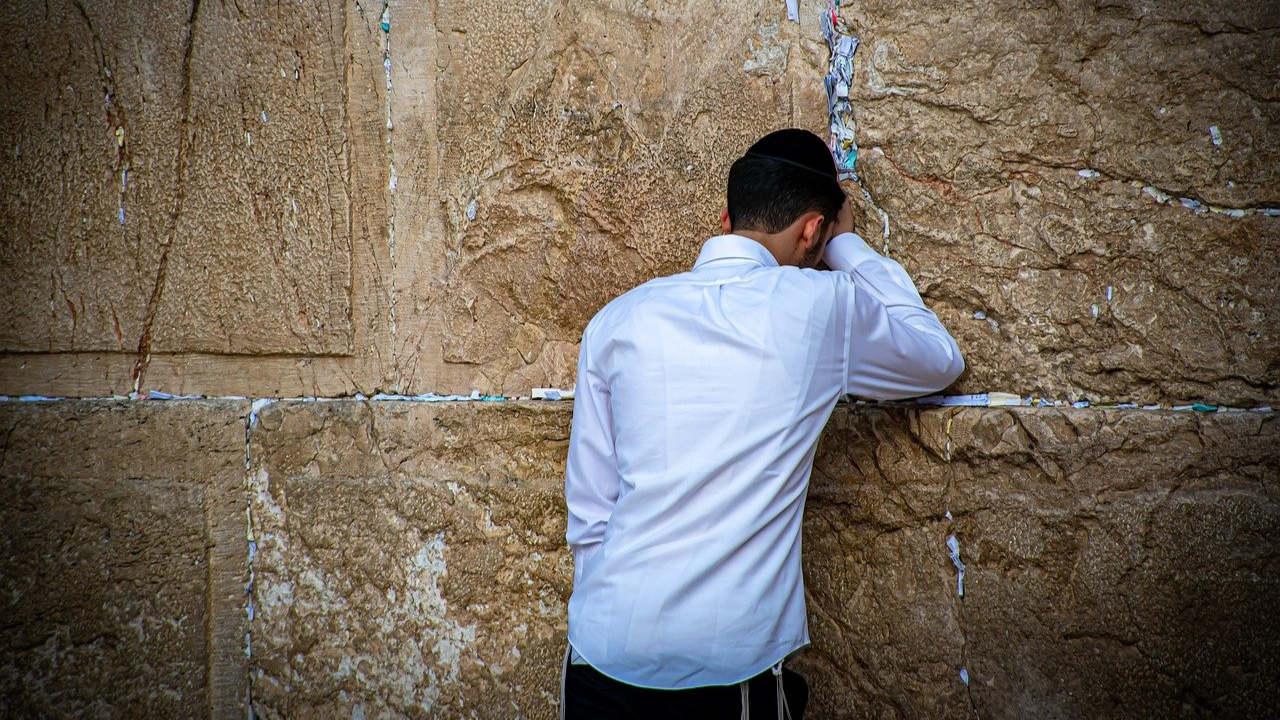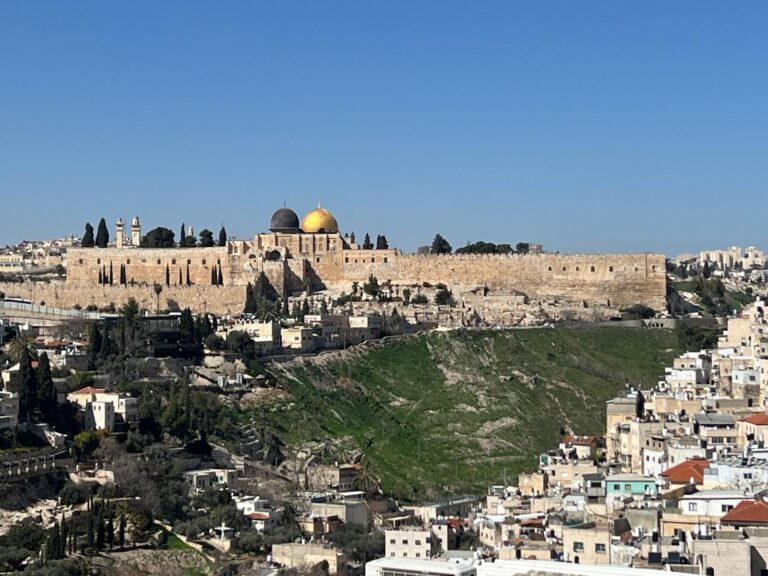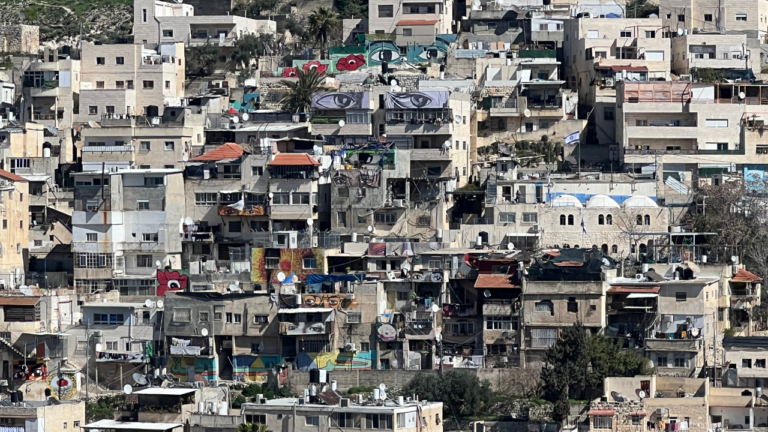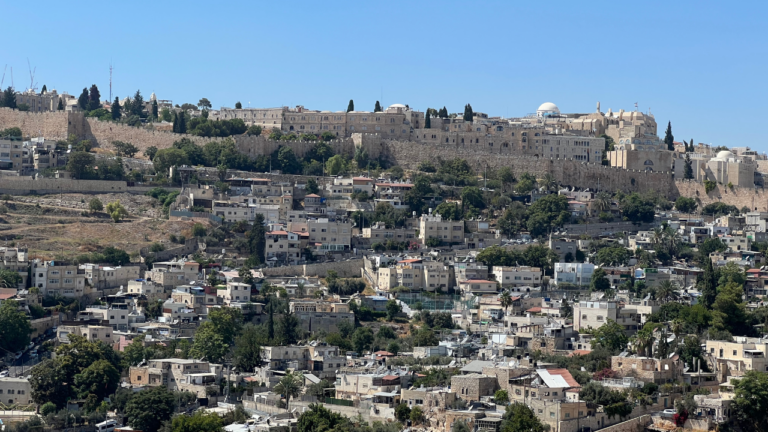An Audience of One
Our parsha begins with a list of the names of the people who went down to Mitzrayim. While many of us are tempted to skip the names of the tribes and only begin to pay attention a few verses into the parsha, the Ba’al Shem Tov explains that the key to exile and redemption is embedded within these verses.
He began his teaching with a verse regarding the enemies entering Yersuhalayim: “O God! Nations have come into Your heritage, they have defiled Your Holy Temple, they have made Yerushalayim into heaps.” What causes this rampant destruction? The Ba’al Shem Tov offers a homiletical interpretation of the verse. “Yerushalayim” is not only a city but it also represents all our positive energies invested in our fear of heaven. If one allows his high level of fear of heaven to be “on a heap,” meaning to say that one flaunts his religiosity and uses it as a basis for haughtiness, this can transform one’s performance of mitzvot from a blessing to a cause of destruction. It is when one deliberately places his fear of heaven “on a heap” for all to see, that the enemies of the Jewish people can enter and destroy Yerushalayim.
The Ba’al Shem Tov saw the same theme being alluded to in the opening of Sefer Shemot. The name “Reuven” can be broken down to the words “see my son,” meaning that the Jewish people began to flaunt their dedication to God. In this vein, “Shimon” and “Levi” can be interpreted to mean “we are deserving that God should listen to my requests and accompany me.” It was this attitude that brought upon the Jewish people the constrictions of Mitzrayim.
If this is the problem, what then is the solution? While the Ba’al Shem Tov does not directly address the matter, the answer seems to be embedded within the word Yerushalayim itself. If the
problem is that one places their “fear of heaven” on a platform so everyone can see, the solution is to follow in the footsteps of person who first called Yerushalayim by that name.
When Avraham was tested with the binding of his son Yitzhak, there were no cheering crowds or adulating masses. He was alone on a mountaintop, just Avraham, Yitzhak and the overwhelming sense of God’s presence. This was one of the reasons that after Avraham passed the test, God declares him to be a true God fearer. There was no social motivation for what had just occurred, it was only performed in the presence of God. That is true and “complete fear of heaven,” which is one meaning of “Yerushalayim.”
Despite the fact that we do often live in the sight of others. we must take this lesson to heart. We should not be performing Mitzvot while looking over our shoulders to ensure that people are duly noting our piety. Rather, our religious life should occur for an audience of one – God himself. Then, God willing, we will be worthy of returning to Yerushalayim.



